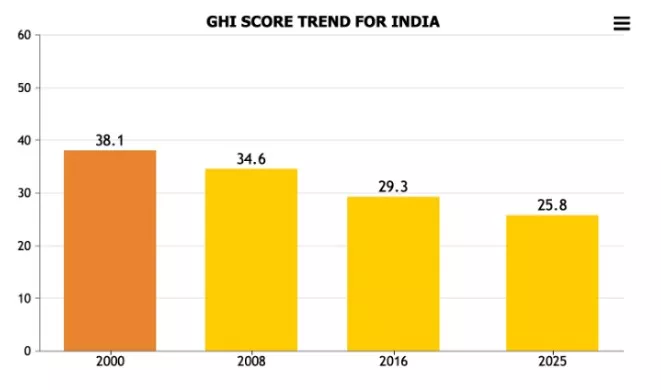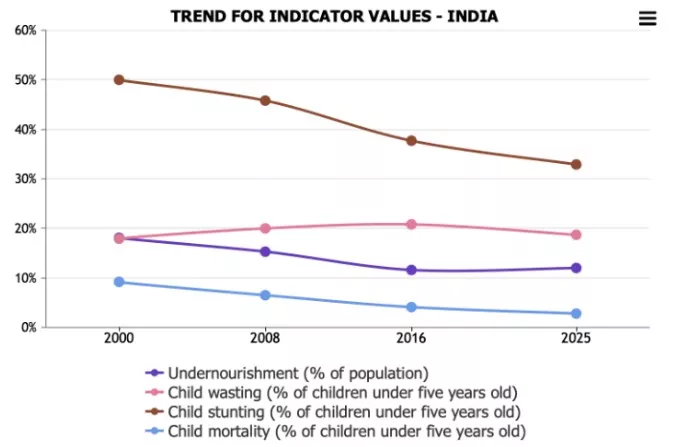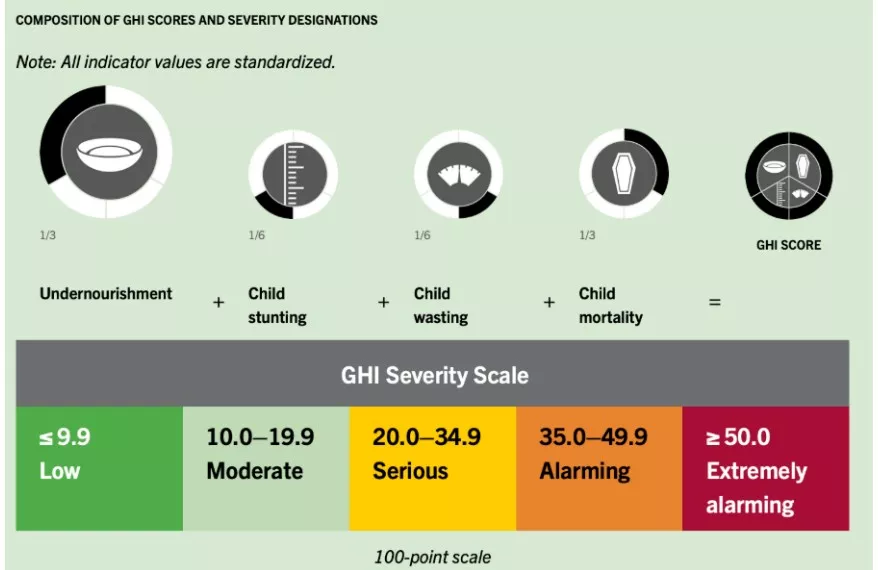![]() 16 Oct 2025
16 Oct 2025

The 2025 Global Hunger Index (GHI) report, titled “20 Years of Tracking Progress: Time to Recommit to Zero Hunger” is released.

 Double Burden: Rising obesity and overweight indicate nutrition transition.
Double Burden: Rising obesity and overweight indicate nutrition transition.| Comparison with Other Asian Countries
|
Check Out UPSC CSE Books
Visit PW Store


<div class="new-fform">
</div>